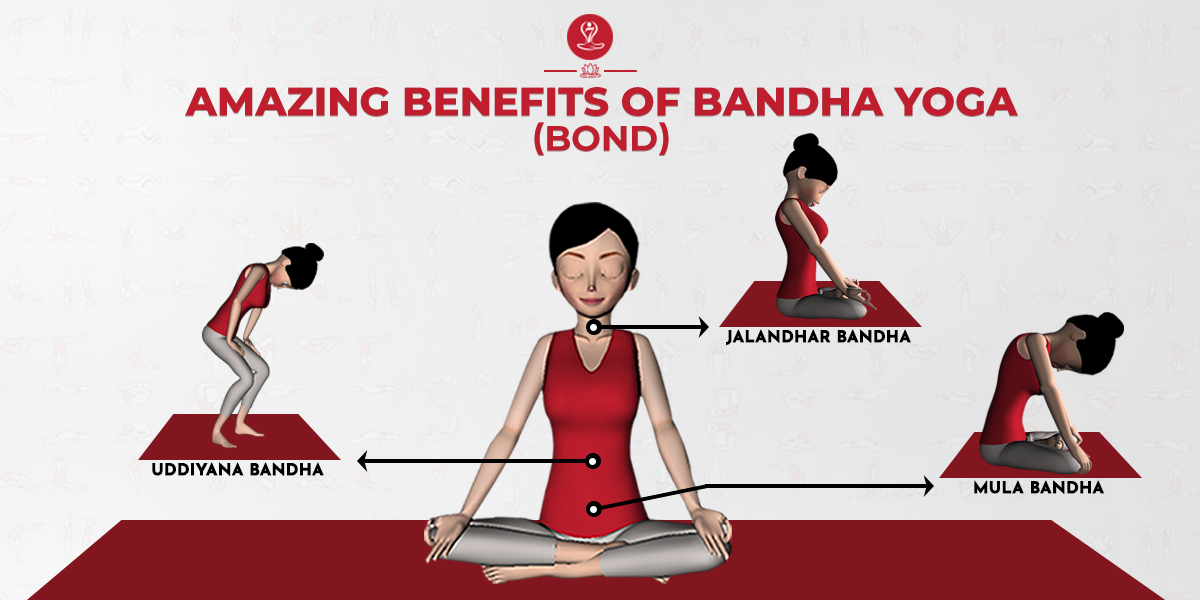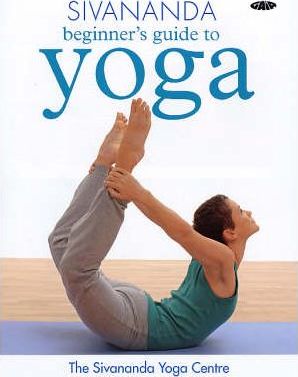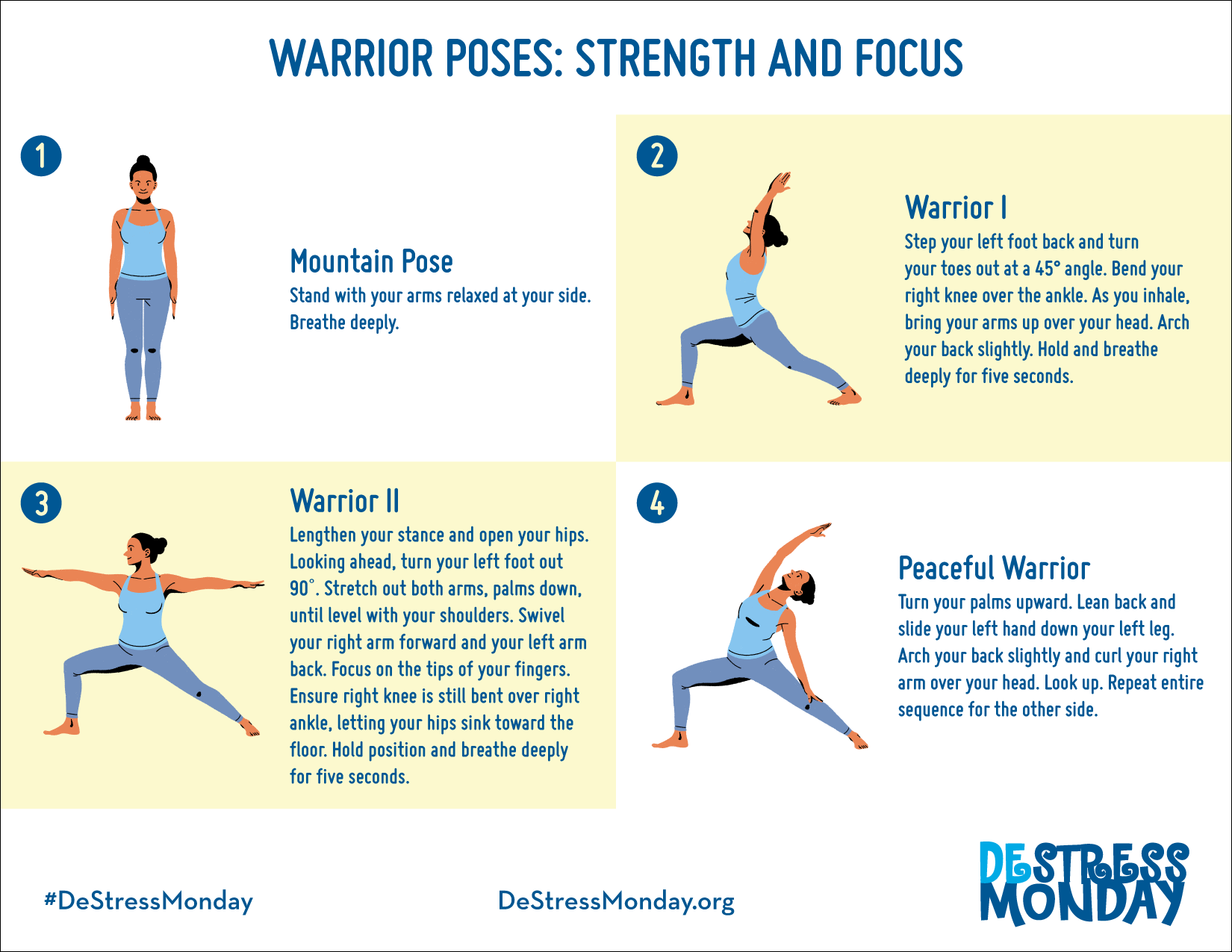
Sanskrit means "unite" or "join". Yoga's origins are from Sanskrit. This union refers both to a union between mind and body and the union of individual consciousness and universal consciousness. Yoga was popularized in India during the first centuries of the 20th Century. Lord Shiva was the first to be identified as a yogi. He spread it via his writings. These books were then translated into many other languages and sent to various regions of the world.
Yoga began to gain popularity in Europe as a popular practice. The widespread distribution of yoga videos was made possible by the advent of DVDs and VHS tapes in the early 1900s. Yoga became popular due to the rapid spread of the Internet and the booming fitness industry. In the 1990s, it was possible to reach large audiences with the transatlantic flight and microphone.
The history of yoga goes back thousands of years. Yoga was first practiced as a spiritual discipline, but Westerners discovered it in the late 19th century. Swami Vivekananda, an Indian monk, toured Europe and the U.S. to bring the practice to the world. He taught yoga in West Asia, where it is still popular today. This is an excellent place to learn about the history and practice of yoga.

In ancient times, the roots of yoga can be traced to northern India. The Vedas, one of the oldest vedas, includes references to the practice. The Rig Veda contains over one thousand hymns and 200 mantras. Priests of the Vedic age used the Rig Veda to learn the various postures and positions of yoga. Many Rishis refined this practice and brought it into modern times in later centuries. The Upanishads offer great insight into the history and practice of yoga.
The history of yoga began with the first mentions of yoga in ancient India. Asanas are physical postures that were added to the practice. In the early 1900s, hatha yoga was popularized in the U.S., and many teachers began adding asanas to their classes. It gained widespread acceptance in the 1970s, when it was popularized. Yoga's popularity and spread was fueled by its birth in the United States.
Yoga has a complex history. Its roots date back to 2000 BC, when the practice was primarily focused on the mind. Later, western gymnastics was introduced to the practice, which led to the development of Hatha yoga. In the 1920s, Hatha yoga was developed. This form of yoga is more body-centered. Today, asanas serve as a tool for achieving this goal.
The history of yoga has deep roots in ancient India. The practice and philosophy of yoga were very different thousands of years ago from Vinyasa today. You will learn more about yoga's history and be better able to understand it. You will see that ancient yoga was not done in the same manner as modern-day Yoga. It is possible to trace the origins of Yoga back thousands of years. This will help you gain a greater appreciation for the practice.

A rich tradition of yogic practices can also be found in the history of yoga. While the Hindu culture was predominant among ancient yogis, it had a strong influence on them. The British banned yoga in the west. It wasn't until then that yoga became popular in Europe and America. In the latter 1800s, yoga was introduced to the United States from India by gurus. Asana is a form or meditation.
Asana, the foundation of most yoga practice, is important. Asana is an ancient practice. In the 5th century, the practice of yoga was a spiritual and religious practice. Jainism, Buddhism, and Jainism were also present in the ancients. The Classical Period was the time when yoga beliefs and practices were first presented in a systematic manner. The popularity and influence of yoga grew over the centuries. But as with any new practice, the roots of it are still rooted in the same principles and ideals.
FAQ
What is a good daily gym routine?
To stay fit, you need to exercise regularly. No matter what kind of exercise you do, as long you do it consistently. Consistency is key. You must be consistent if you are to see results.
Start by doing small amounts of daily physical activity (like walking). Start by walking for a few minutes every day. Gradually increase your time exercising to 30 minutes per week. You can do this running, swimming weight training, yoga or aerobics classes.
Try to get active every day. If you have a reason to miss a session, don't skim it.
When exercising outside, make sure you have the right clothing and shoes. You should also consider the weather conditions that could affect your ability exercise safely.
When you exercise, make sure you are drinking plenty of water. Drinking alcohol during exercise can cause dehydration. Avoid caffeine-rich drinks like coffee, tea, and coca. They may give you energy, but they will also dehydrate you.
After your first exercise, you may feel tired. Keep going with your workouts and you'll soon feel more energized.
Egg is good for you?
All nutrients are contained in the egg. It is also good for maintaining strong bones, healthy heart and lungs, as well as stable blood pressure.
Eggs are a good source of protein and vitamins A, B12, D, E K, calcium, phosphorus iron, zinc copper, magnesium selenium and even riboflavin.
The egg yolk is high in cholesterol. However, the egg yolk is low in cholesterol. Eggs are lower in saturated fat than other foods.
They are also low in calories and sodium. They are very versatile and can be cooked any way you'd like. You can cook them in many ways, including poaching, boiling, hard-boiling, baking, and scramble.
They are incredibly nutritious and easy to prepare.
Aim to eat two whole eggs per week. If you dislike eating eggs, you should add them to your diet.
Essential nutrients are found in eggs. Add eggs to your diet today.
What's the best workout for men over 40?
For older men, the best workout usually gives them more energy and improves their stamina.
It is important that you note that people over 40 experience a decrease in testosterone levels, which results in lower sex drive.
This does not mean that you should stop engaging in physical activity. Many studies show that regular aerobic exercise can boost testosterone in some men.
You can improve your sexual performance by starting an aerobics program.
How many calories do I need to eat each day?
The exact amount varies depending on the person. On average, 2000 to 2500 calories are consumed per day. You need to determine how many calories you need based on age, gender, height, weight, activity level, and lifestyle.
Statistics
- According to the American Heart Association, blood pressure should be checked at least once every two years, beginning at age 20. (my.clevelandclinic.org)
- Are You One of the 20% of Guys (mh.co.za)
- Cardmembers earn 5% Back at Amazon.com with a Prime Credit Card. (amazon.com)
- 10 pounds in a month is likely during a lean bulking phase, especially for beginners. (muscleandstrength.com)
- According to the American Academy of Dermatology (AAD), men over 50 are at a heightened risk of developing it. (healthline.com)
External Links
How To
How to Eat Well with Men
You should eat smaller meals throughout the day than three large ones. A smaller meal means you spend less time digesting the food. You'll be less likely to overeat later.
Avoid snacking prior to bed. Do not eat after midnight. You may wake up hungry and overeat next day.
Instead, have a light snack an hour or two before sleep.
Avoid snack attacks. This is when you grab something to munch on whenever you feel hungry. This is especially dangerous if you're already overweight.
Make sure that all of your meals are balanced. If you skip breakfast, make sure you don't overdo it at lunch and dinner.
Losing weight can be achieved by cutting back on calories.
Reduce your intake of alcohol, nicotine, and caffeine. Both can have a negative impact on how your body processes nutrients.
Get plenty of rest. Sleep deprivation makes people crave junk food.
Exercise regularly. Exercise can boost your mood, improve energy levels, and reduce calories.
Take care of your emotions. Overeating can lead to weight gain.
Learn how to relax. Meditation and yoga can help with anxiety and stress.
Keep track of what you eat. Take down all that goes in your mouth.
Do not forget to take your supplements! Most men don't take enough vitamins and minerals to stay healthy.
Take a multivitamin every day. A multivitamin daily can help prevent certain deficiencies in key vitamins and minerals.
Take a vitamin C supplement. It keeps your immune system strong, and helps to prevent scurvy.
Your diet should include zinc. Impotence may be caused by zinc deficiencies.
Drink water. Keep your fluid intake above 1.5 liters (about 4 cups) daily.
Limit salt. Sodium can cause high blood pressure and heart disease.
Avoid trans fat. Trans fat has been associated with increased obesity, diabetes, as well as heart disease rates.
Best male enhancement pills for 2018 - Best Male Enhancement Pills Reviews
There are many types of male enhancement products today. While some work well, others are not as effective. This article will tell you about the best male enhancement products that actually work.